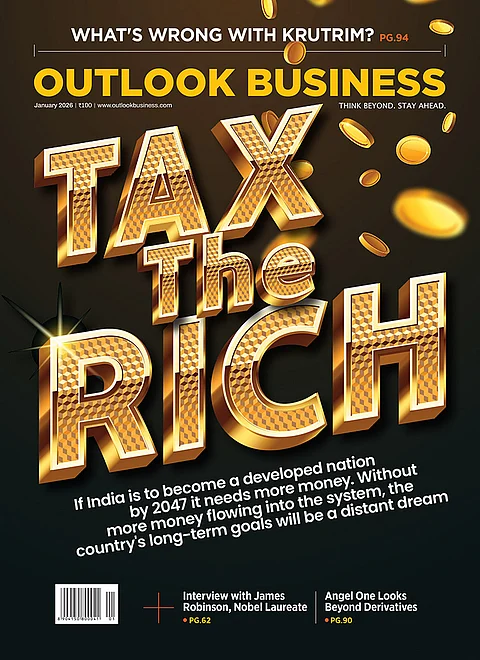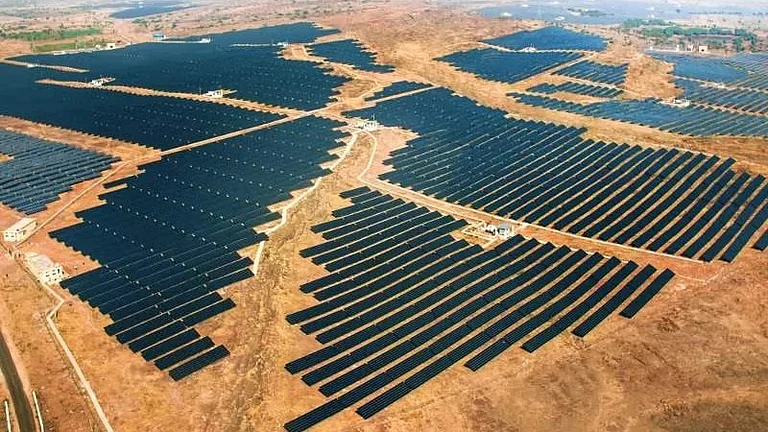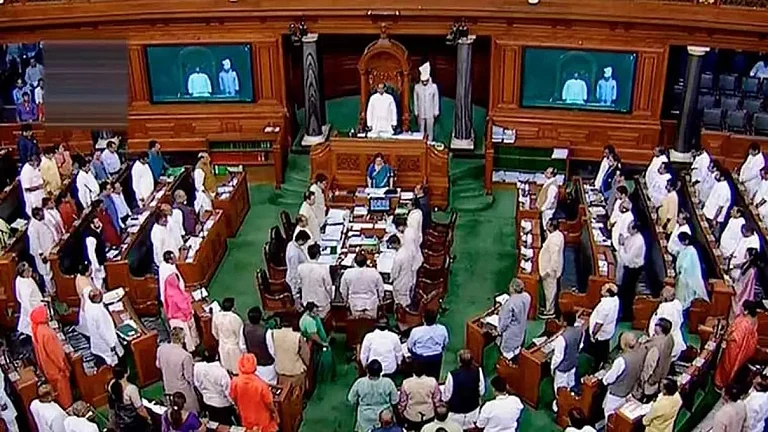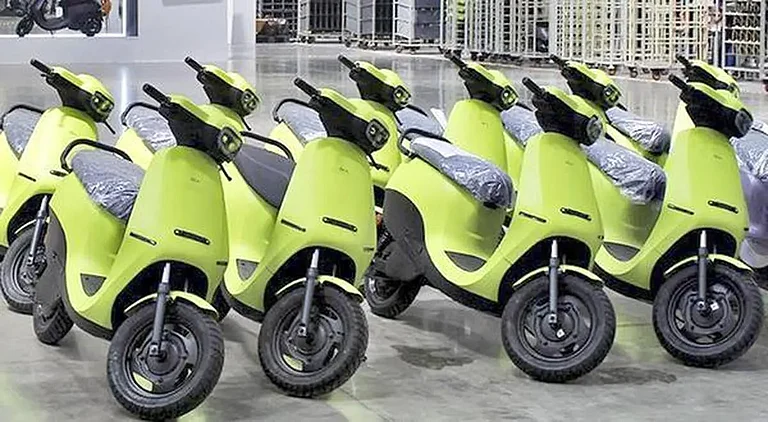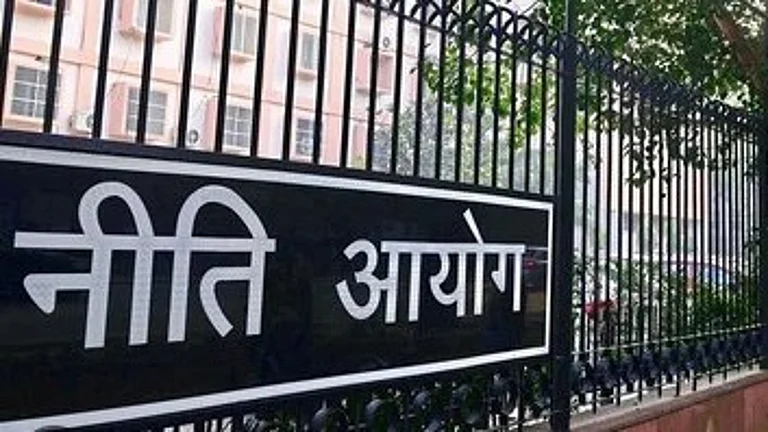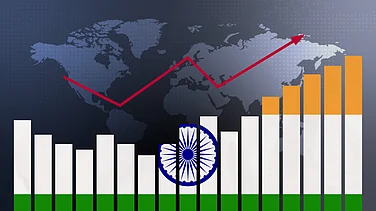
India’s dependence on foreign cleantech is a vulnerability; domestic manufacturing is critical for energy security and a Viksit Bharat by 2047.
The BCMP provides blueprints and investment pathways across solar, wind, batteries, EVs, green hydrogen, bioenergy, and transmission. Financial support, R&D, workforce training, and streamlined state-level execution are key.
Effective implementation could attract massive investments, generate millions of jobs, reduce imports, and position India as a global cleantech manufacturing hub.
This Independence Day, as Prime Minister Narendra Modi reaffirmed the vision of a Viksit Bharat by 2047, he placed unmistakable emphasis on energy security, economic self-reliance, and India’s responsibility to lead the world through sustainability. But achieving this vision will depend not just on policy ambition—but on manufacturing muscle. And nowhere is this more urgent than in cleantech.
India cannot afford to build a green future dependent on foreign supply chains. The time to industrialize our climate ambition is now.
India is already one of the world’s largest markets for solar, wind, batteries, EVs, and green hydrogen, achieving its NDCs targets ahead of the targeted timeline of 2030. Yet, for all its growth, India remains dangerously dependent on imports, especially from China, for critical technologies, raw materials, and capital equipment. Over 80% of our solar module components are sourced abroad. Battery cell manufacturing is still in its infancy. And most high-voltage transmission and hydrogen equipment remains foreign-built.
This dependence is more than an economic liability; it's a strategic vulnerability. Any global shock, whether geopolitical tension, price fluctuations, or supply chain disruptions, can derail our net-zero transition. Recent chokehold on rare-earth magnets by China put a sudden brake on India’s EV manufacturing. A Viksit Bharat cannot be built on an energy-insecure foundation. We must manufacture our clean energy future ourselves.
India is not starting from scratch. The Government of India has already announced a National Manufacturing Mission in the Union Budget 2025 with cleantech at its heart. Backing that up, the Bharat Climate Forum (BCF) launched the Bharat Cleantech Manufacturing Platform (BCMP), a high-level initiative bringing together ministries, industry leaders, and domain experts to coordinate action across seven key sectors: solar, wind, batteries, EVs, green hydrogen, bioenergy, and transmission. This platform has delivered sector-specific indigenization blueprints, policy recommendations, R&D frameworks, and investment pathways. These aren’t just policy papers, they’re actionable plans developed with stakeholders across government, finance, and industry.
The stakes are enormous and the opportunity is historic. Implemented effectively, India’s cleantech manufacturing strategy could attract ₹4 to ₹6.3 lakh crore in new investments by 2030. In just solar, wind, and batteries, this could create over 2.5 million jobs and slash our import bills by ₹3.6 lakh crore.
Beyond domestic growth, cleantech presents a pathway to global competitiveness. India can become a manufacturing hub—not just for itself, but for energy-hungry regions like Africa, Southeast Asia, and the Middle East. This is how we move from being an energy importer to an energy exporter. From lagging behind in the industrial revolutions to leading the green one.
To turn vision into velocity, India must act on five critical fronts.
First, we need targeted financial support. Capex subsidies, low-interest loans, viability gap funding, and demand-linked incentives are essential to level the playing field and make Indian-made cleantech cost-competitive with global imports.
Second, the R&D and innovation ecosystem must be scaled dramatically. This involves building shared labs, supporting innovation from prototype to commercial deployment, and facilitating global collaboration—anchored by the Atal Innovation Mission, ANRF, and leading institutes like the IITs.
Third, we must train the workforce of the energy future. This includes upskilling lakhs of technicians, engineers, and operators for everything from solar panel assembly to battery recycling. India's ITIs and engineering colleges must be retooled for the cleantech economy.
Fourth, the government must enable ease of doing business at the state level through dedicated cleantech zones, faster clearances, and local industrial infrastructure. Implementation won’t happen in Delhi—it will happen in Tamil Nadu, Gujarat, Maharashtra, and beyond.
Finally, strong public-private coordination is critical. Industry councils, coalition platforms like BCF, and cross-ministry task forces must work in sync to maintain momentum, address bottlenecks, and continuously adapt.
The world is entering a global cleantech arms race. Countries are spending billions to localize production and secure critical technologies. India cannot afford to be just a buyer. We must build and sell.
As the Prime Minister rightly said, this is a moment to make India self-reliant not just in defence or agriculture, but in the energy systems of the future. That means clean power, built with Indian hands, Indian minds, and Indian factories. We cannot win the future with borrowed tools. A truly Viksit Bharat demands that we build our clean energy future here. Not later. Now.







